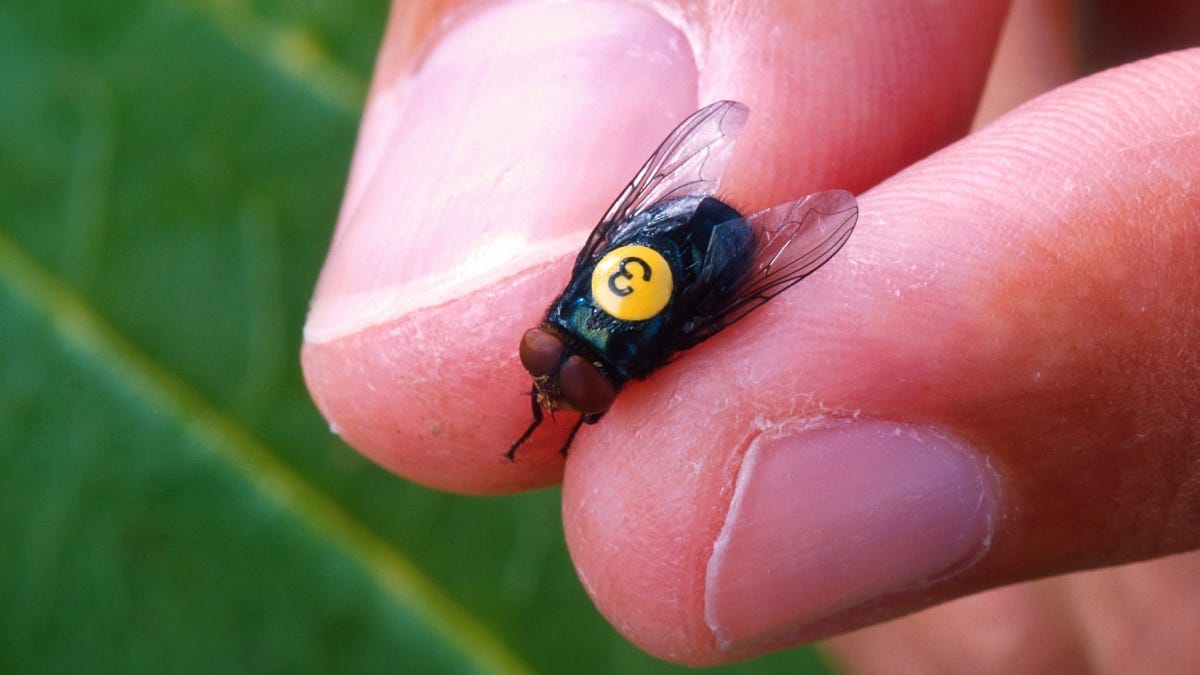How the sex life of screwworm flies saved billions
Research conducted in the 1950s came under ridicule, but over the decades since has done more for agriculture than anyone could have guessed.
In the 1950s, entomologists Edward F. Knipling and Raymond C. Bushland conducted research into the "sex life of the screwworm fly." A quarter of a million dollars in government money, spent on decades of studying the reproduction of an insect with a name that sounds silly.
But it wasn't silly, and Knipling and Bushland's work went on to save agriculture enormous amounts of money in the decades to come. This week, Knipling and Bushland have been posthumously awarded a Golden Goose, a prize that honours "scientists whose federally funded work may have been considered silly, odd, or obscure when first conducted but has resulted in significant benefits to society."
The screwworm fly can be a massive problem when raising livestock. The flies lay their eggs in flesh wounds in living animals. When the eggs hatch, the larvae feast on the living flesh of their host. This is known as flystrike, and can be fatal. Treating and preventing it costs vast sums of money.
This is where Knipling and Bushman enter. They discovered that female screwworm flies are monogamous, only mating with one male in their entire lives. Male screwworm flies, on the other hand, mate with many females. If they could somehow sterilise male screwworm flies, and release these sterile males in large numbers, perhaps they could eliminate the fly entirely by tricking the females into wasting their single mating on a sterile male.
However, the solution was elusive, and wasn't to arrive until after WWII. The researchers came across a paper by geneticist Hermann J. Muller on the effects of nuclear radiation. In the course of his research, Muller found that radiation rendered male fruit flies sterile.
After successfully experimenting with X-rays, Knipling and Bushland procured a piece of radioactive cobalt for a large-scale test, and in 1955 were able to announce their successful test in the real world. They had successfully eradicated screwworm flies on the small island of Curacao.
As the research was applied across the United States, it represented an annual saving of $200 million ($1.8 billion in today's money). In the years since, the savings have come to billions of dollars, and the sterile insect technique has successfully been applied to other insect pest populations, such as fruit flies and tsetse flies.
And, going forward, it could do even more. It's been identified as a potential solution for eradicating populations of malaria- and zika-carrying mosquitoes, as well as other crop-destroying pests.


